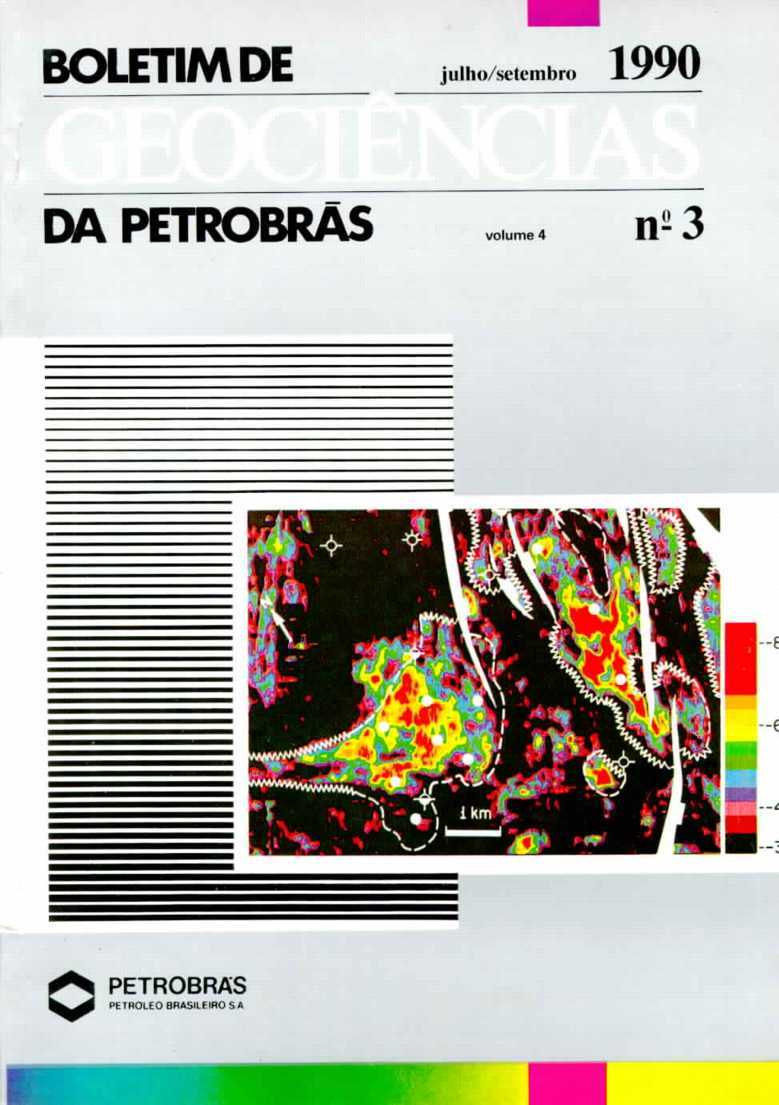Occurrence of hydrogen sulfide in Solimões Basin geological model and implications
Abstract
The occurrence of hydrogen sulfide associated with hydrocarbons in the Solimões Basin (areas of the Juruá River and the Carauari High) is limited to sandy reservoirs located stratigraphically within the chemical-evaporate section of the layers of Permian-Carboniferous age and located spatially within the thermal cracking zone of the Jurassic-Triassic basic intrusive rock. In the proposed geological model, the anhydrite layers adjacent to H2S-bearing reservoirs were the main sources of SO42-, and the temperature rise prompted by the diabase sill was the catalyst both of oxidation reactions in the hydrocarbons and of the generation of sulfur compounds. In comparison, the hydrocarbon-bearing reservoirs in the Urucu River area are not associated with hydrogen sulfide, although they are in direct contact with anhydrite layers; this underscores the fact that these reservoirs lie outside the zone of influence of the intrusive rock. The resulting geological picture aids in establishing criteria for both safety and financial concerns in petroleum research in the Solimões Basin.


